Fallow efficiency – impact of harvest stubble height
Author: Rachel Norton (Northern Grower Alliance), Brendan Burton (Kalyx), Dean Hancock (Northern Grower Alliance), Lawrie Price (Northern Grower Alliance), Richard Daniel (Northern Grower Alliance) | Date: 23 Nov 2022
Take home message
- Fallow efficiency is a key driver of crop production in the northern grains region
- Increasing groundcover to 100% (i.e. a stubble mulch) can significantly increase fallow efficiency but how can it be done commercially?
- Increase in adoption of stripper fronts allowed for an evaluation of the impact of harvest stubble height on fallow efficiency
- Paddocks harvested with a stripper front with extra treatments then imposed by ‘harvesting’ using conventional headers with dry matter spread in plots by straw spinners
- EM38 used to assess conductivity differences between treatments (as surrogate for soil moisture changes)
- No clear differences in soil moisture accumulation due to harvest stubble height in any trial
- No significant difference in yield of following crop in any trial
- Changing harvest stubble height may impact on other agronomic practices but did not provide a measurable impact on fallow efficiency or yield of the following crop.
Background
The farming system in the northern region relies heavily on stored soil water for production, particularly during grain fill. Are there any approaches that could reliably increase water storage and then improve yields?
This project was initiated from the frequent observations of extra soil moisture under the increased stubble loads in header trials. Proof of concept validation trials commenced in January 2014 with small plot trials assessing the impact of added stubble on soil water in a low stubble situation. Results from these trials showed an increase in soil moisture with increasing ground cover (treatments added from 5-40 t/ha) with increases of up to ~50-60mm in gravimetric soil water in a number of the stubble-added treatments.
Given the magnitude of impact seen in these trials, the next step was to work with growers and try to find a practical way to apply the concept in commercial situations. One option proposed was to examine the impact of harvest stubble height on fallow efficiency.
Aim
This paper summarises the impact of harvest stubble height on soil water accumulation and storage (~fallow efficiency).
Trial details
- All trials were carried out in commercial paddocks of wheat or barley stubble using commercial equipment
- Capacitance probes were used in the first 18 months of the Walgett trial to monitor impact on soil water
- EM38 assessment was subsequently used in all trials due to the high cost, inconvenience and poorer spatial representation from the capacitance probes.
An EM38 is a geophysical surveying instrument that provides a rapid measure of soil electrical conductivity. Factors affecting this measure are soil water and soil salt and clay content contents. Given that salt and clay contents remain largely stable in the soil, repeated measurements at a trial site allow for any changes in electrical conductivity to be attributed to changes in soil water. EM38 readings provide a conductivity measure at 3 depths: 0-37.5cm, 0-75cm and 0-150cm. Similar patterns of results were generally evident at all 3 depths in each trial.
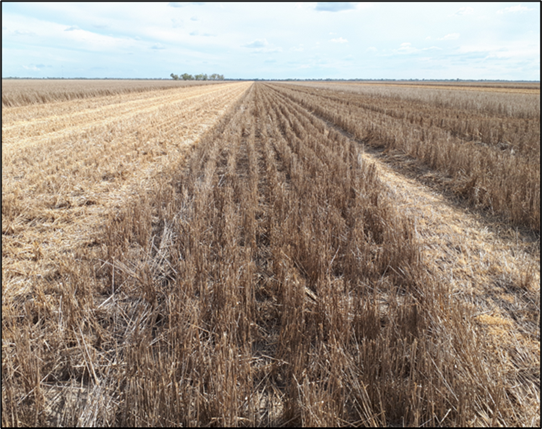
Figure 1. Stubble height treatments: Bullarah February 2021
Trial results
Walgett 2016
- Trial in a paddock following Suntop wheat, grown on 40cm row spacings in 2016
- Paddock harvested in late November using a Shelbourne stripper, leaving tall stubble (~85 cm height)
- Additional treatments imposed approximately two weeks later using a conventional header
- Plots were 12 m wide x full field length with 5 replicates
- All straw ‘cut’ by conventional header was left in plots as spread by straw spinners
- Compared impact of stubble at three heights: short (~20cm), medium (~50cm) and tall (~85cm)
- ~14.5 t/ha of dry matter in tall stubble treatment
- Initial groundcover ranged from ~65% (short stubble) to ~50% (medium stubble) and ~35% (tall stubble)
- Next crop was unable to be planted until winter 2020 due to drought conditions
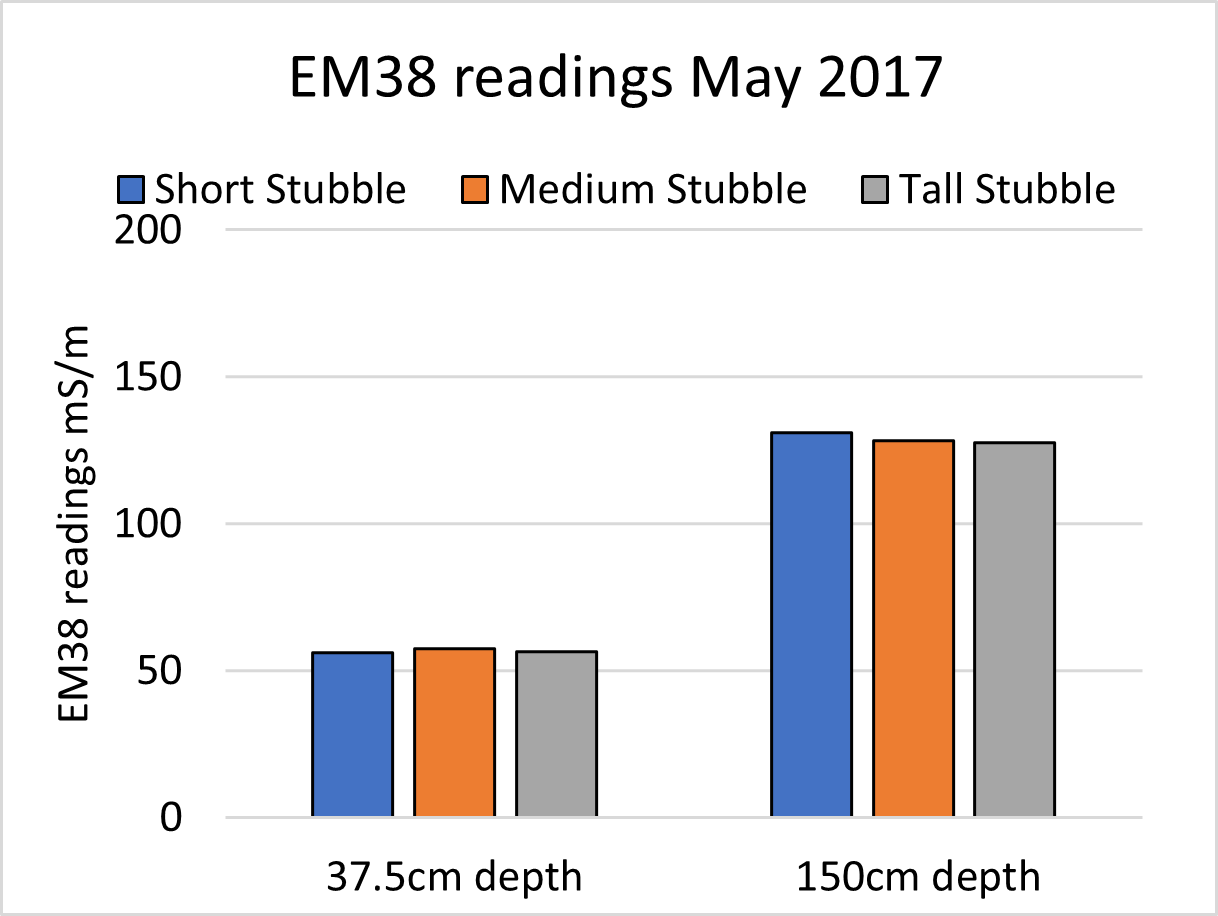
Figure 2. EM38 readings at Walgett May 2017
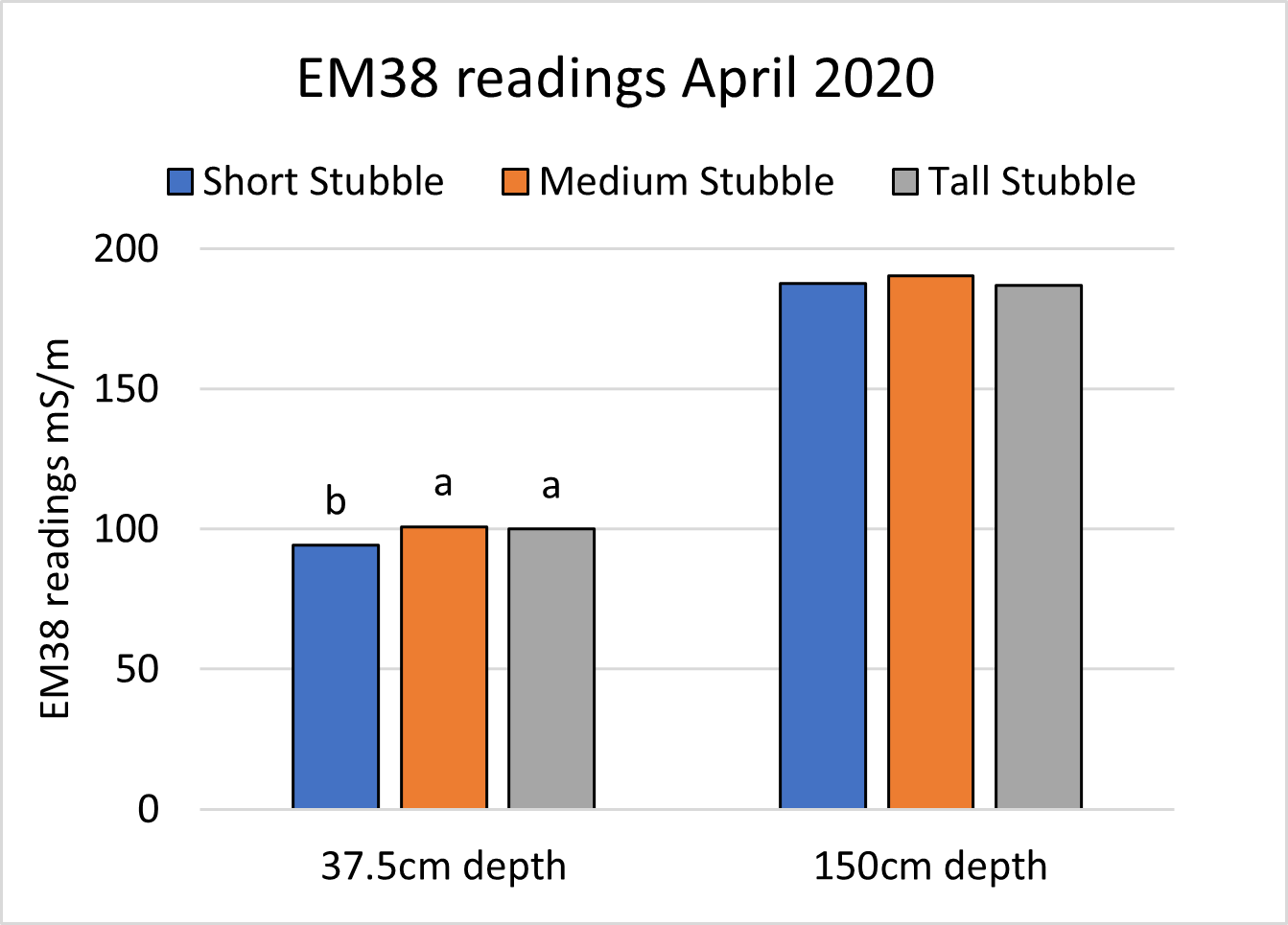
Figure 3. EM38 readings at Walgett April 2020
- Negligible difference in ‘soil water’ between stubble height treatments in EM38 readings throughout trial (NB only initial and final assessment dates shown)
- No clear difference in soil water from capacitance probe assessment between stubble height treatments (data not presented)

Figure 4. Chickpea yield at Walgett November 2020
- No significant difference in yield due to harvest stubble height
Crooble 2019
- Established following Planet barley, grown on 38cm row spacings in 2019
- Plots were 12 m wide x full field length with 6 replicates
- Treatments imposed in January 2020 using a conventional header
- Compared impact of stubble at three heights: short (~10cm), medium (~29cm) and tall (~51cm)
- All straw ‘cut’ by conventional header was left in plots as spread by straw spinners
- Only ~4.5 t/ha of dry matter in tall stubble treatment
- Initial groundcover ranged from ~49% (short stubble) to ~40% (medium stubble) and ~43% (tall stubble)
- Next crop sorghum planted in September 2020.

Figure 5. EM38 readings at trial initiation at Crooble Jan 2020
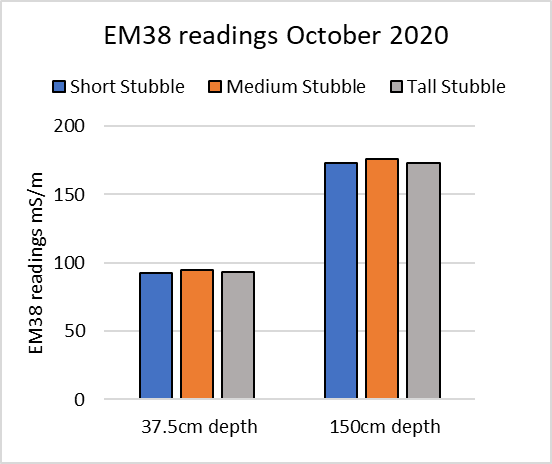
Figure 6. EM38 readings prior to sorghum planting at Crooble Oct 2020
- No significant difference in EM38 reading at any depth or assessment timing indicating no impact on soil water due to stubble height (NB only initial and final assessment dates shown)
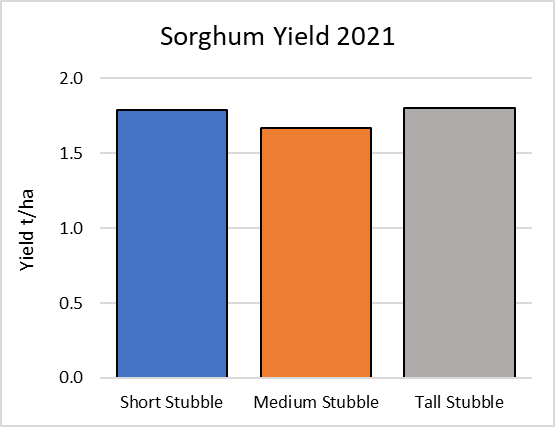
Figure 7. Sorghum yield at Crooble February 2021
- No significant difference in yield due to harvest stubble height.
Bullarah, Mallawa and Crooble 2020
- Nine trials established after the 2020 winter cereal harvest
- Plots 12 m wide x full field length with 6 to 9 replicates
- Initiation of trials was delayed due to the wet harvest, with treatments not imposed until Jan/Feb 2021
- Conventional headers or slashers used to create stubble height differences with straw remaining in plots
- All sites commenced with groundcover levels of greater than 60-70%
- Compared impact of stubble at three heights: short (~10-15cm), medium (~40-55cm) and tall (~85-95cm)
- Large rainfall totals were received at all sites in February and March 2021
- Interim EM38 assessments were not possible during that period and soil profiles may have been nearly full by April 2021
- One site abandoned due to flooding and yield data was compromised in three trials.
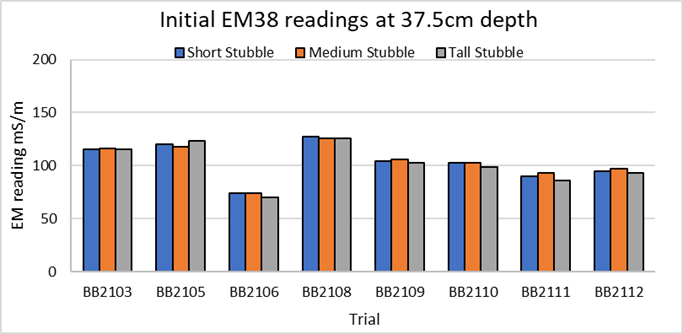
Figure 8. EM38 readings at 37.5cm depth at trial establishment across 9 trials (Jan/Feb 2021)
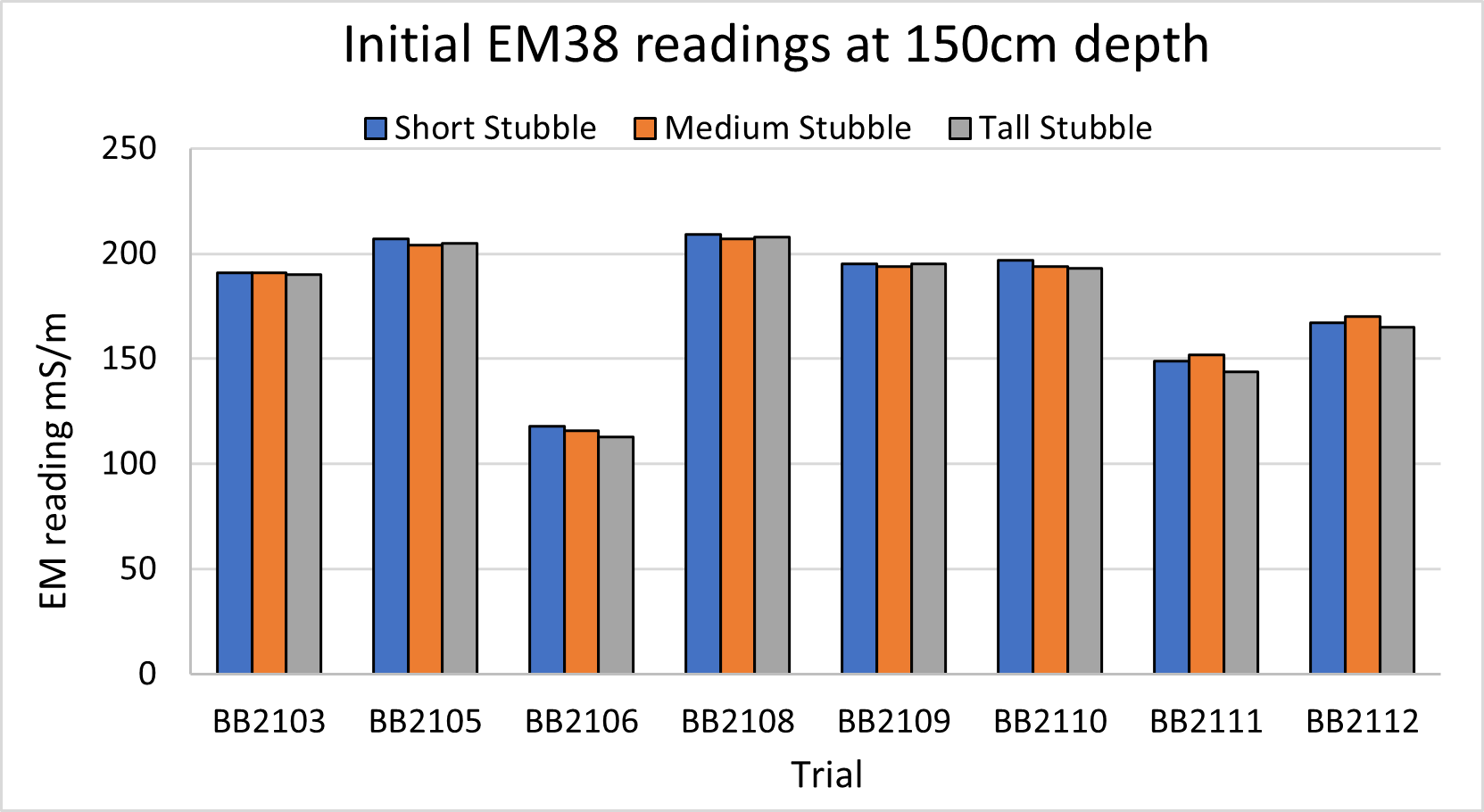
Figure 9. EM38 readings at 150cm depth at trial establishment across 9 trials (Jan/Feb 2021)
- No difference evident in EM38 between treatments at either depth, shortly after trial commencement
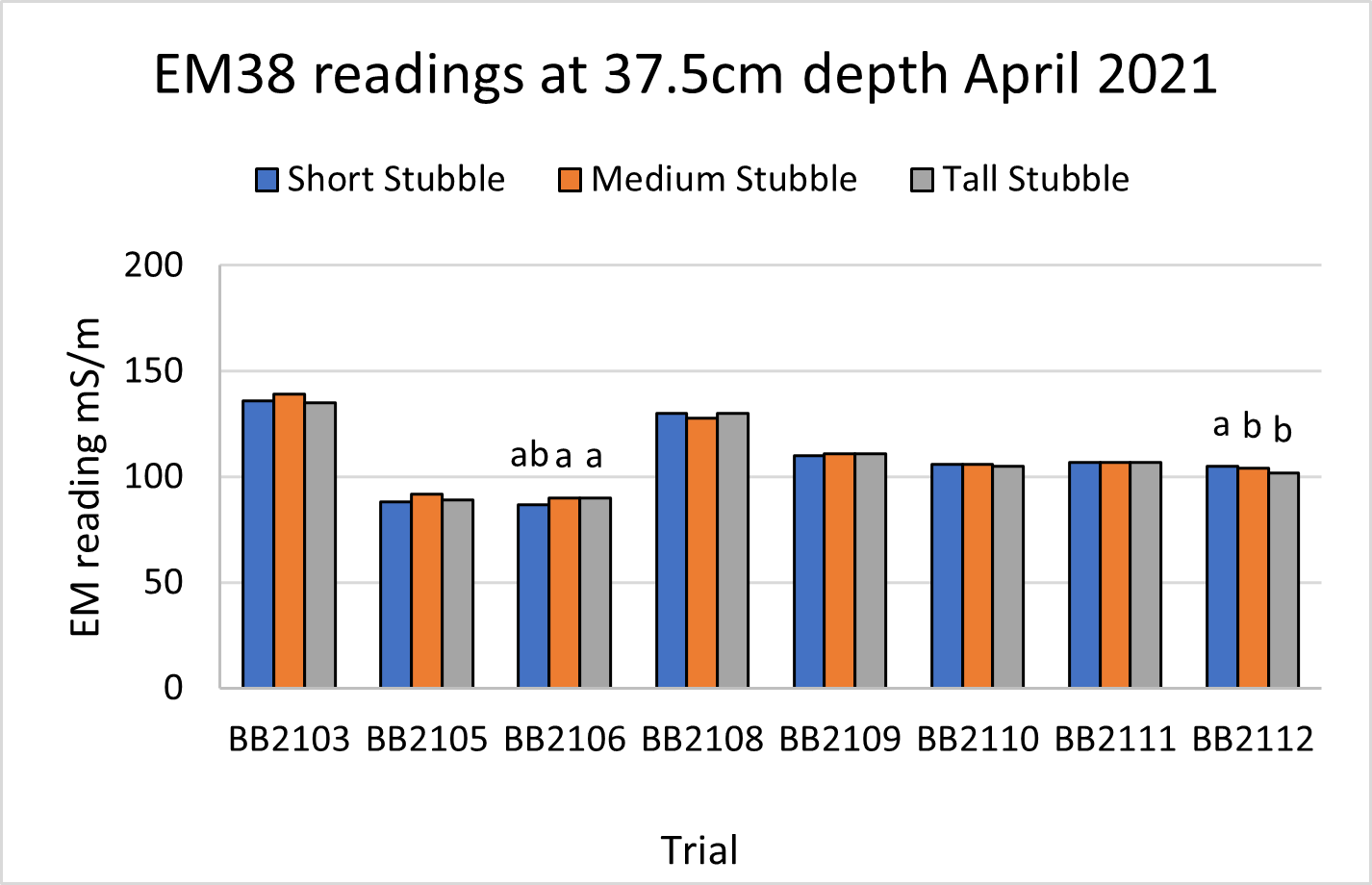
Figure 10. EM38 readings at 37.5cm depth at end of summer fallow across 9 trials (April 2021)
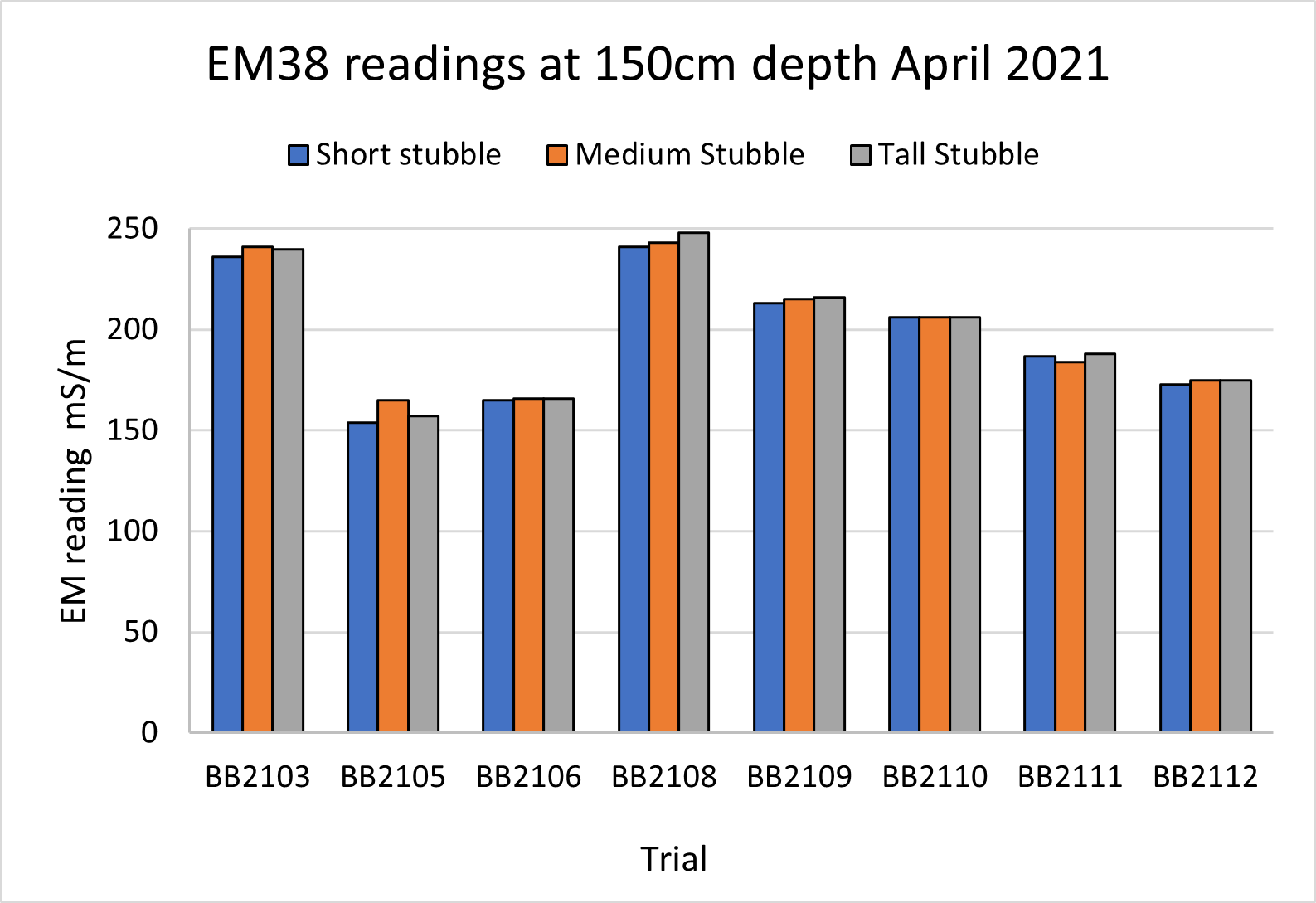
Figure 11. EM38 readings at 150cm depth at end of summer fallow across 9 trials (April 2021)
- Two trials had statistical differences at 37.5cm: one indicated a trend to reduced soil water under short stubble, the other indicated increased soil water under the short stubble treatment
- No significant difference in EM38 readings at 150cm depth in any trial indicating no impact evident on total soil water due to stubble height
- Two trials fallowed to dryland cotton in summer 2021/22
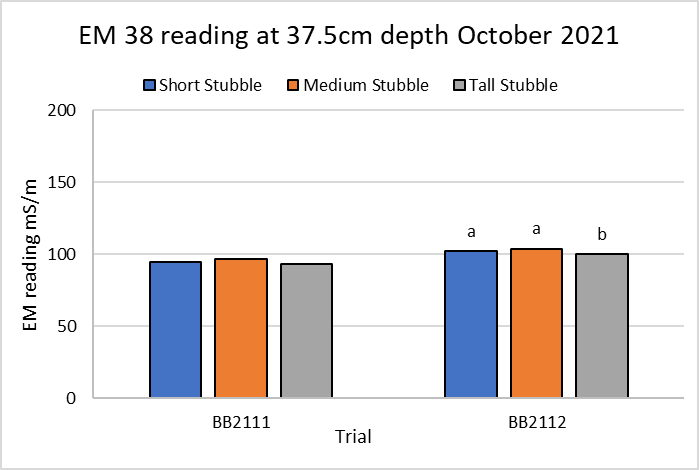
Figure 12. EM38 readings at 37.5cm depth prior to cotton (October 2021)
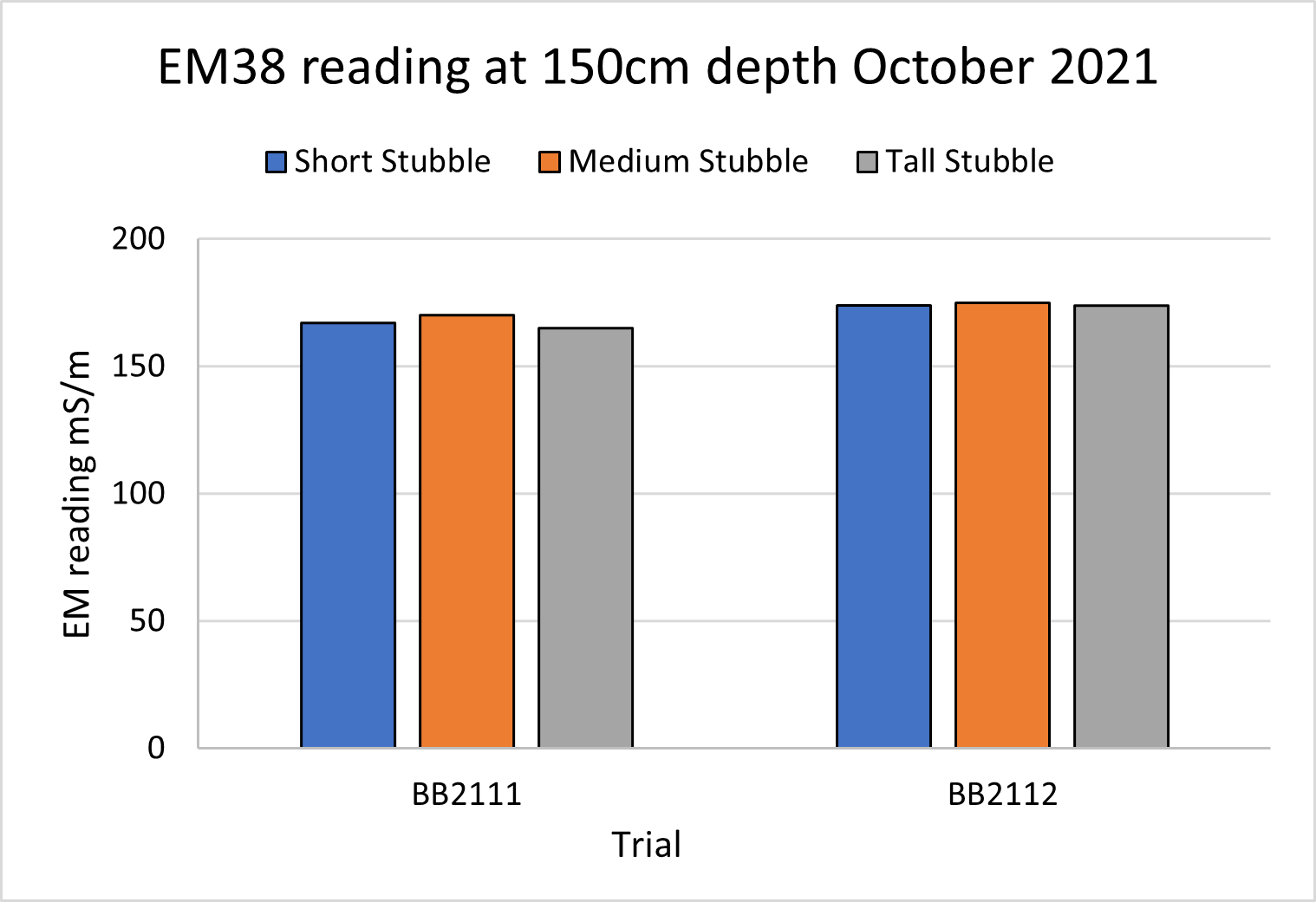
Figure 13. EM38 readings at 150cm prior to cotton (October 2021)
- Trial BB2112 had significantly higher EM38 readings at 37.5cm in the short stubble at April 2021 and significantly higher for both short and medium stubble at October 2021
- No significant difference in EM38 readings at 150cm depth in either trial indicating no apparent difference in total soil water due to stubble height
- Header/harvest complications and wet weather impacted on yield data collection
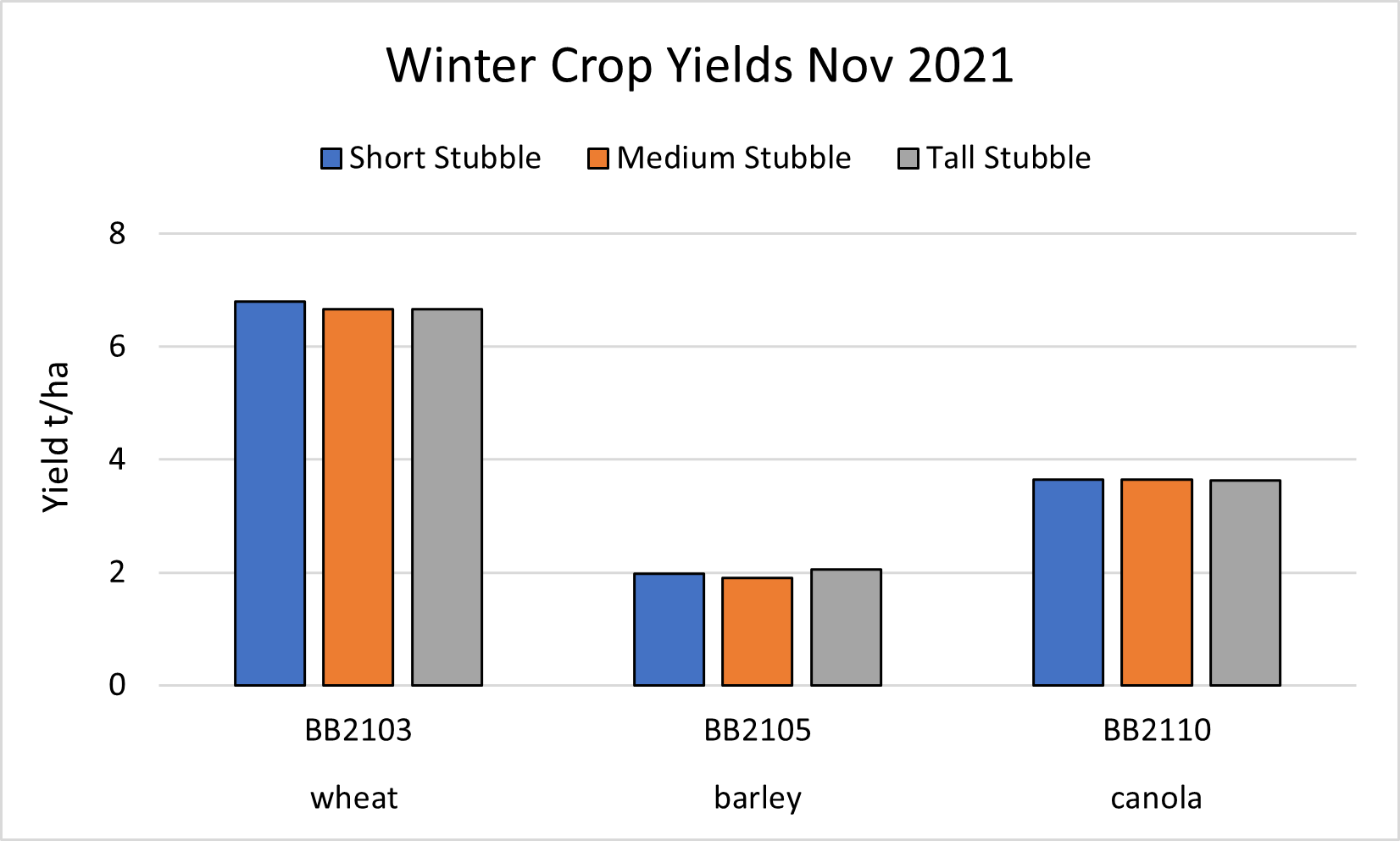
Figure 14. Yield (t/ha) from winter crop trials in 2021
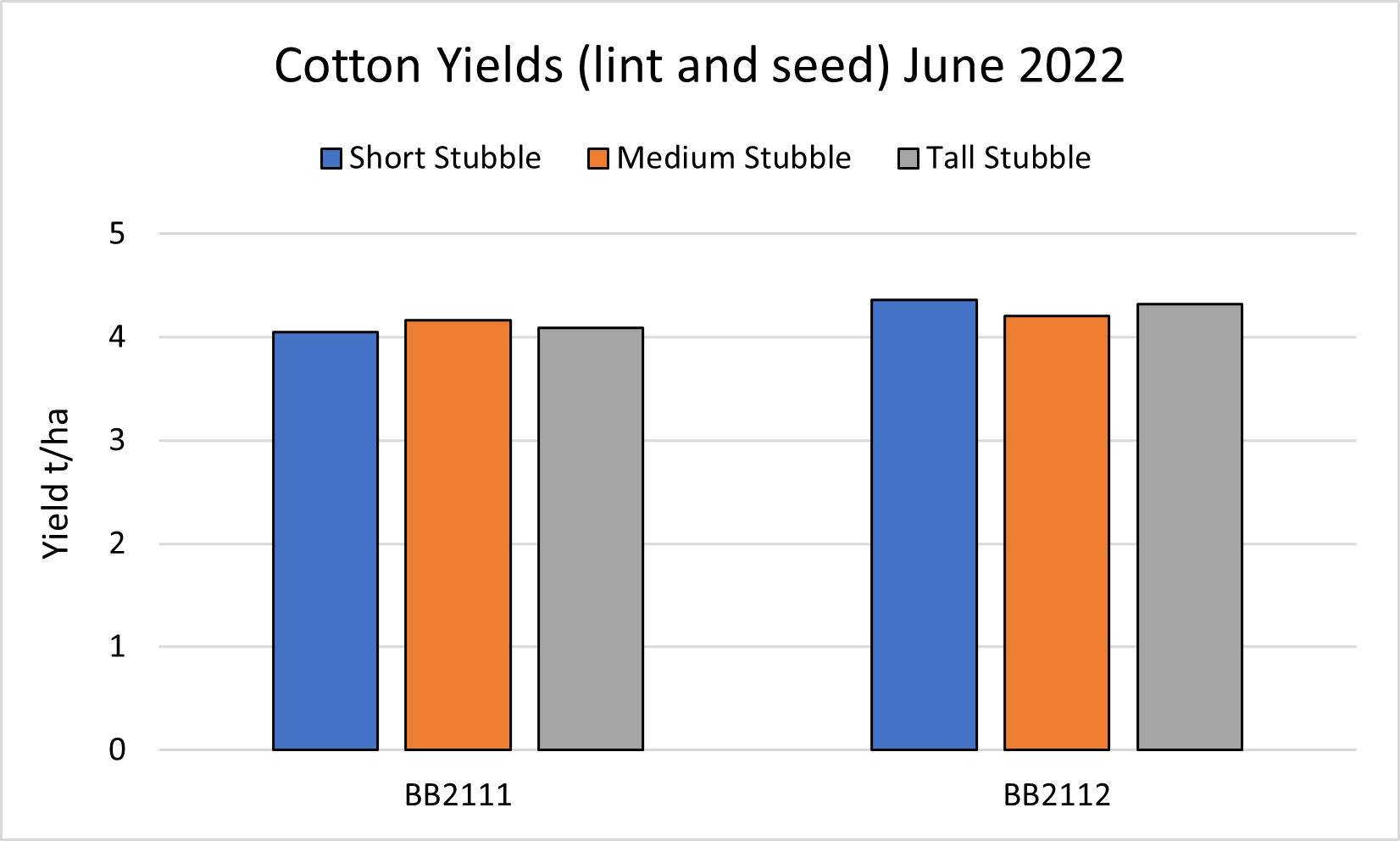
Figure 15. Yield (t/ha) from stripper picked cotton trials in June 2022
- No significant differences in yield at any site due to harvest stubble height
Conclusions
This project was conducted to evaluate the level of impact of harvest stubble height on soil water or fallow efficiency. Trials were conducted under a range of conditions:
- Walgett 2016 started with good stubble loads but very poor fallow rainfall with the following crop not sown until winter 2020
- Crooble 2019 started with low stubble levels and experienced relatively low fallow rainfall
- Trials in 2020 started with high stubble loads and received large amounts of fallow rainfall shortly after commencement
Although none of the situations were considered ideal, the key messages to emerge from the trial series were:
- Harvest stubble height - where the cut stubble was spread in the same treatment - did NOT appear to provide any useful benefit in fallow efficiency as measured by EM38
- There was NO indication of harvest stubble height impacting on the yield of the following crop
Did these results conflict with those from the pilot study in 2014 and 2015? In hindsight – NO
The pilot study assessed the amount of extra soil water that could be captured by ADDING stubble in a low standing stubble situation to achieve more than 100% groundcover. The harvest stubble height treatments DID NOT vary the amount of stubble in each treatment but just changed where it was located. Although a harvest stubble height approach would be relatively easy to implement on a commercial scale, it did not appear to be sufficient to result in a measurable impact on fallow efficiency.
It was clear that harvest stubble height can have other agronomic impacts:
- Reduced weed emergence was noted in the tall stubble height plots at one site but knockdown weed control appeared more challenging due to poorer coverage
- Short stubble height persisted longer in the Walgett 2016 trial as it appeared to remain ‘anchored’ in the soil despite over 3 years of fallow
- Tall stubble height reduced canola emergence at one site with mouse damage suspected as the actual cause
In addition, recent studies from NSW DPI have shown that tall stubble height may increase the amount of crown rot infected stubble as the fungus can saprophytically colonise during the fallow.
Harvest stubble height can be influenced by a range of factors including header type, previous variety, growing conditions, presence of lodging or even by the intended following crop in the rotation. However, the data generated in this project would strongly suggest that harvest stubble height is unlikely to have any significant impact on the fallow efficiency achieved or on the following crop yield.
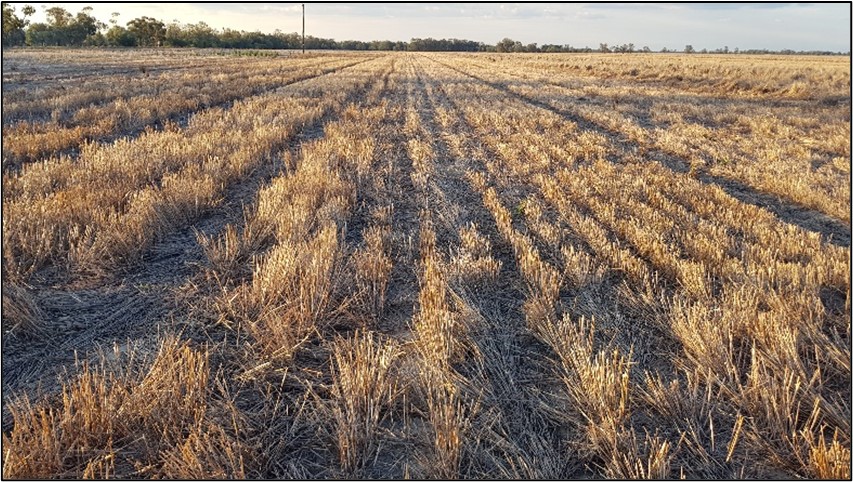
Figure 16. Stubble height treatments: Crooble April 2021
Contact details
Richard Daniel
Northern Grower Alliance
PO Box 78, Harlaxton, QLD 4350
M: 0428 657 782
E: richard.daniel@nga.org.au
Varieties displaying this symbol beside them are protected under the Plant Breeders Rights Act 1994.
GRDC Project Code: NGA00003, NGA1507-001RTX, NGA2009-002RTX,
Was this page helpful?
YOUR FEEDBACK
